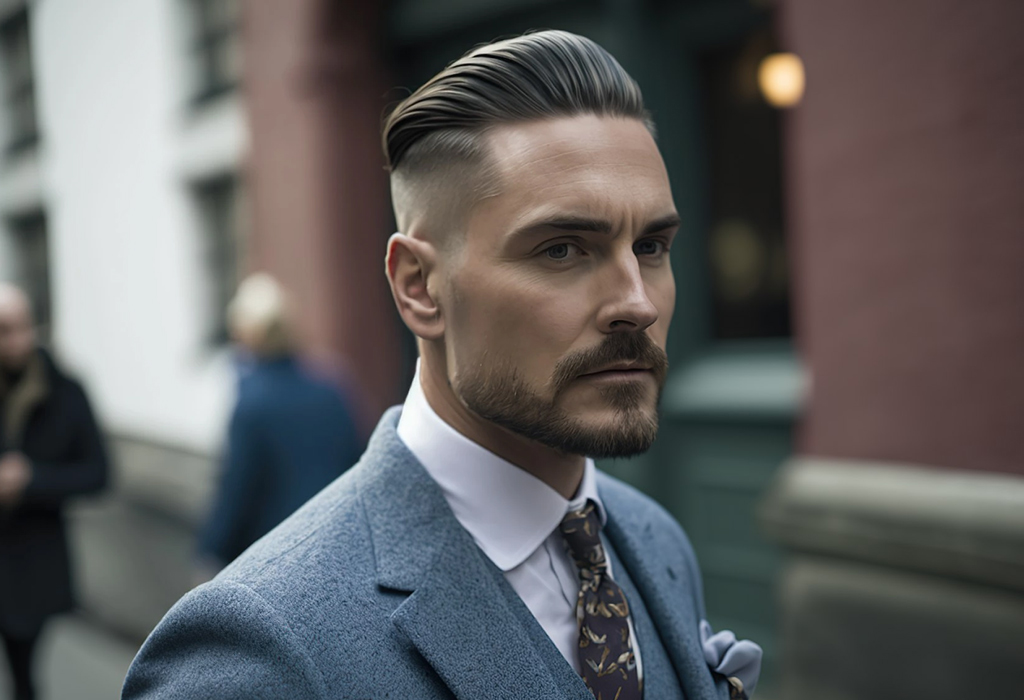Hairdressers as Artistic Curators Shaping Neighborhood Identity and Bonding in New York City
Hairdressers as Artistic Curators Shaping Neighborhood Identity and Bonding in New York City
Blog Article
Barbershops in NYC are not only locations to get a trim; they serve as crucial community centers that help define neighborhood identity and nurture relationships among residents. These establishments have a long history in city settings, serving as gathering spots where individuals from varied backgrounds come togetherness. In many areas, barbershops are often the initial venue where clients can participate in discussions about community issues, exchange stories, and forge relationships. This distinct role makes barbers not only talented professionals but also community curators who contribute to the community fabric of their neighborhoods.
The environment in a barbershop is often vibrant and welcoming, creating a space where clients feel at ease sharing themselves. Barbers are known for their skill to connect with clients, often participating in discussions that span from athletics to current events. This interaction helps to create a feeling of belonging among clients, as they discuss their stories and viewpoints. In many instances, barbershops reflect the ethnic diversity of the areas they serve, showcasing different haircuts, grooming techniques, and even music that resonate with the local population. This cultural exchange enriches the experience for all involved and strengthens community ties.
Barbershops also have a significant role in preserving cultural traditions. Many barbers have been trained in particular techniques that are transmitted through generations, guaranteeing that unique styles and methods are not forgotten over time. For example, certain haircuts and grooming methods may be tied to cultural heritage, allowing clients to show their identity through their look. By upholding these customs, barbershops help to keep cultural narratives alive, providing a feeling of pride and connection for local members.
In furthermore to their cultural importance, barbershops often participate in community outreach and support local initiatives. Many barbers take an active role in addressing social issues, news such as learning and health education, by organizing events or offering resources to their patrons. This engagement demonstrates a dedication to the well-being of the community and fosters a sense of duty among barbers. By using their influence to promote positive change, barbershops become vital players in the local area, further reinforcing their role as community curators.
In conclusion, barbershops in New York City serve as essential spaces for cultural exchange, community building, and identity formation. They provide a distinct environment where people can bond, exchange, and celebrate their diverse backgrounds. As cultural curators, barbers not only influence the way clients show themselves but also influence the broader community dynamics. By recognizing the value of these businesses, we can value the vital role they play in fostering connections and preserving cultural heritage in urban settings.